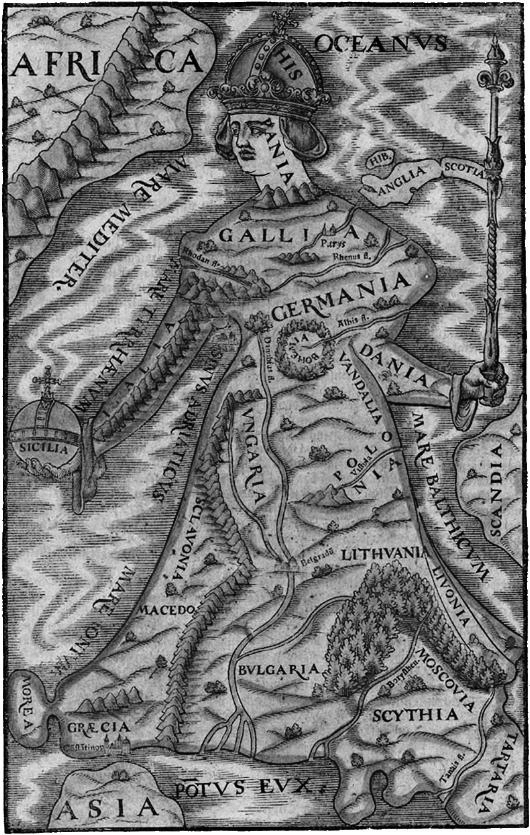Published in trade fair pediodical HW/HE Newsletter, published by Incheba Praha, spring 2008.
Central Europe? Where the heart beats.
(or “A lesson in relativity”, part 1)
What is a centre? What is the middle? Silly question, really. The centre, as we intuitively feel, is something in the middle of two boundaries. Only it is not quite as simple as that. Take the term “middle class”, for example. Who is the middle class now and who isn’t? Economists and sociologists will explain long and hard, only for you to find that all countries see it completely differently.
 It is a similar situation with Central Europe. Do you think that Germany is in Central or Western Europe? Someone will tell you one thing, another person something different, each of them fishing out different arguments and historical connections for their own particular version. And what about the Czech Republic and Slovak Republic? Would you class them as Eastern Europe along with Poland? Perhaps you would, but just take a look at a map first. Prague lies some 150 kilometres west of Vienna and it is a mere 60 kilometres from Vienna to Bratislava. Would you call Austria Eastern Europe? You certainly would not. It is Central Europe. Of course there are plenty of other countries and regions that would claim to be the centre of Europe: for example Slovenia or the neighbouring Italian region of Friuli-Venezia-Giulia. If, however, we concentrate on the geographical centre of the European continent, we rather surprisingly end up somewhere in Belarus.
It is a similar situation with Central Europe. Do you think that Germany is in Central or Western Europe? Someone will tell you one thing, another person something different, each of them fishing out different arguments and historical connections for their own particular version. And what about the Czech Republic and Slovak Republic? Would you class them as Eastern Europe along with Poland? Perhaps you would, but just take a look at a map first. Prague lies some 150 kilometres west of Vienna and it is a mere 60 kilometres from Vienna to Bratislava. Would you call Austria Eastern Europe? You certainly would not. It is Central Europe. Of course there are plenty of other countries and regions that would claim to be the centre of Europe: for example Slovenia or the neighbouring Italian region of Friuli-Venezia-Giulia. If, however, we concentrate on the geographical centre of the European continent, we rather surprisingly end up somewhere in Belarus.
All the same, the answer to our question has been clear and obvious for centuries now. In the very first printed atlas of the world, the Cosmographia from 1477, you will find an illustration of Europe as personified queen of the world (the west is at the top of the map and the north on the right). The heart of Europe beats under the inscription of Germania in a clear circle of mountains that hem in a country called Bohemia. The Cosmographia recently became the most expensive atlas in the world when it was sold at auction by Sotheby’s in London for a record 2.14 million pounds. Now that’s an argument even the biggest doubter of the identity of Central Europe has to accept!
